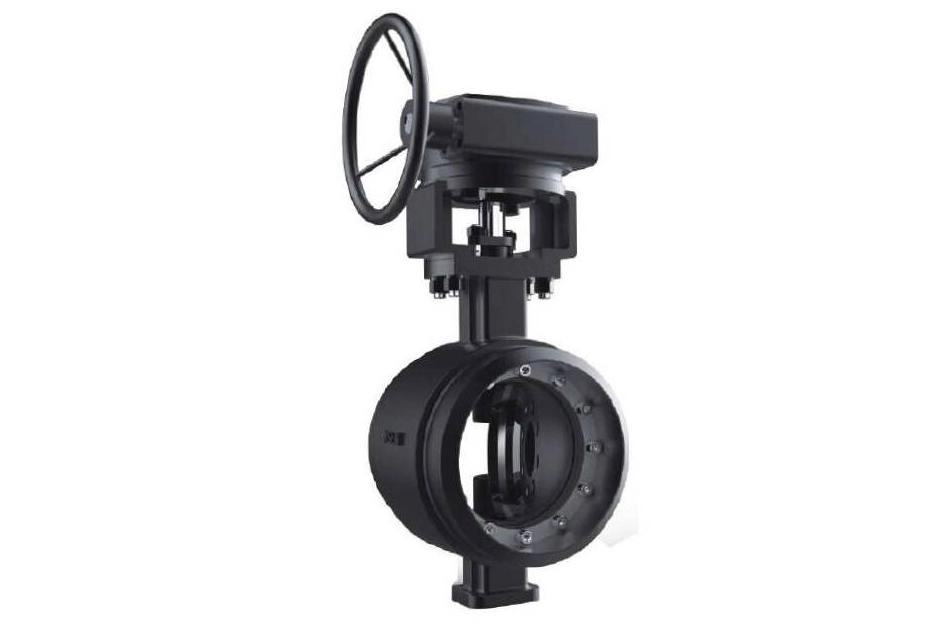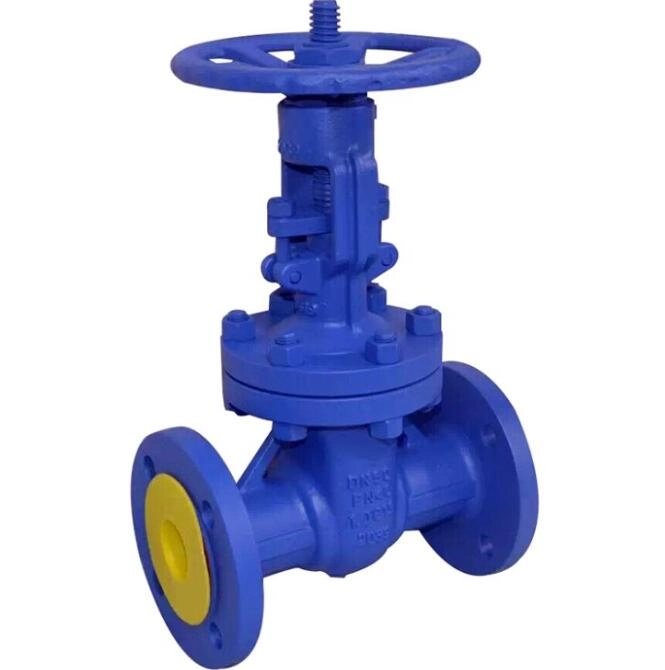Butterfly Valve vs Gate Valve: Which Suits Your System Better?

Butterfly Valves vs. Gate Valves: A Friendly Comparison
What Makes Butterfly Valves Special
Butterfly valves are loved for their no-fuss design and small size. They’re super simple compared to other valves. Picture just a body, a disc, and a shaft. Their compact shape fits perfectly in tight spots. One big plus? They open and close in a snap. You turn a rod or handle, and the disc spins fast. They also let fluid flow smoothly with little resistance, thanks to their round or oval shape. This cuts down on pressure loss. Plus, their elastic seats create a tight seal you can trust.
What Makes Gate Valves Stand Out
Gate valves work with a gate that slides up and down, at a right angle to the fluid’s path. This means they’re either wide open or fully shut. When closed, they seal like a champ. They’re great for jobs needing smooth flow with minimal resistance when open. The sealing surface stays protected from wear when fully open. But don’t use them for throttling—they’re not built for that. You’ll find them in big pipelines or systems that need a complete shut-off.
Butterfly Valves vs. Gate Valves: How They’re Built Differently
Design and Structure
Butterfly valves keep things light and simple. They’re made of just three main parts: a body, a disc, and a shaft. This makes them a breeze to install, even in cramped spaces. Think air conditioning systems or water pipes—they’re a great fit. Gate valves, though, are more complex. They’ve got a body, seat, gate, spindle, gland, and a wheel to turn. The gate moves up and down, perpendicular to the flow.
Gate valves are chunkier and take up more room. But they’re tough as nails in high-pressure settings. Butterfly valves, meanwhile, save on weight while still getting the job done in many cases.
How They Work
Butterfly valves use a quick quarter-turn trick. The disc twists 90 degrees to let fluid pass or block it. It’s all about a simple spin, supported by the stem. This makes them super fast to open or close.
Gate valves go for a slower, steady approach. You turn the wheel, and the gate slides up or down. It’s precise for shutting off flow but takes a bit longer than a butterfly valve.
Butterfly Valves vs. Gate Valves in Action
Controlling Flow
Butterfly valves are awesome for managing flow. Their design keeps resistance low, so they’re perfect for jobs needing quick action. But watch out—they might cause cavitation if the pressure drops too much.
Gate valves shine when fully open, with almost no resistance. They’re not great for tweaking flow partway, though, as it can wear out the gate and seat.
Handling Pressure and Temperature
Butterfly valves come in cool designs, like triple offset, for tough conditions. These handle critical tasks, steam isolation, or extreme temperatures like pros. They stay leak-free even after tons of use.
Gate valves are built for high-pressure systems. Their strong seals make them a go-to for oil and gas pipelines where toughness matters.
Maintenance Needs
Butterfly valves are low-maintenance buddies. With fewer parts and a simple setup, they’re easy to care for. Their light weight also makes installation a snap, needing less pipe support.
Gate valves need more maintenance. Their many parts, like spindles and glands, require regular checks to spot wear or damage.
Picking the Perfect Valve for Your Needs
What to Think About
Your System’s Needs
First, figure out what your system requires. Butterfly valves are great when you need fast open-and-close action. A quick turn of the rod or handle does the trick. Gate valves are better for systems that need a full stop with low resistance when open. Their gate slides perpendicular to the flow. For tough jobs, triple offset butterfly valves are fantastic. They offer leak-proof performance even in extreme conditions.
Space and Setup
Space matters a lot. Butterfly valves are small and light, ideal for tight spots. They’re made of just a body, disc, and shaft. Their sleek design simplifies setup and cuts down on pipe bracing. Gate valves, with their bigger, more complex build, might not fit in cozy spaces. But they’re super durable in high-pressure environments.
Budget Thoughts
Money’s always a factor. Butterfly valves are wallet-friendly thanks to their simple design and fewer materials. High-performance ones are a cheaper alternative to gate valves, with tight seals from features like unique discs. Gate valves might cost more upfront due to their detailed design. But they can save money over time in systems needing rugged performance.
Miwival’s Valve Solutions: Perfect for You

Miwival offers a huge range of valves for all kinds of industries. Our triple offset butterfly valves are super versatile, tackling harsh conditions with ease. Originally made for water shut-off, we now shine in many fields. We stay leak-free with metal seats, even after heavy use, and need low torque to work smoothly.
For industries like oil and gas, energy, or water treatment, Miwival’s triple offset butterfly valves are top-notch. We work in oil and gas, energy, water treatment, chemicals, food and beverage, and even pharmaceuticals.
Miwival also has high-performance butterfly valves with fancy sealing tech, like RPTFE seats. These last long and keep emissions low. Our smart designs, with flexible lip seats, make them eco-friendly without losing efficiency.
Our gate valves are designed for total shut-off in pipelines carrying oil or gas. The full-bore design ensures smooth flow and less wear during use. They’re built to handle pipeline cleaning or monitoring tools like scrapers or pigs.
From compact butterfly valves for tight spaces to sturdy gate valves for high-pressure systems, Miwival has innovative solutions. Our products are tailored to fit your specific needs, no matter the industry.
FAQ
Q: What are the main differences between butterfly valves and gate valves?
A: Butterfly valves are compact, lightweight, and use a quarter-turn disc to control flow, making them ideal for quick operation and tight spaces.
Gate valves are linear motion valves. They are bulkier, use a sliding gate for full open or shut positions, and excel in high-pressure systems requiring complete shut-off.
Q: When should I choose a butterfly valve over a gate valve?
A: Choose a butterfly valve if you need fast opening and closing, have limited space, or want a cost-effective option with low maintenance. They’re great for applications like water pipes or air conditioning systems.
Q: When is a gate valve a better choice?
A: Gate valves are better for systems needing a full shut-off with minimal flow resistance when open, such as oil and gas pipelines. They’re durable in high-pressure environments but not suited for throttling.





